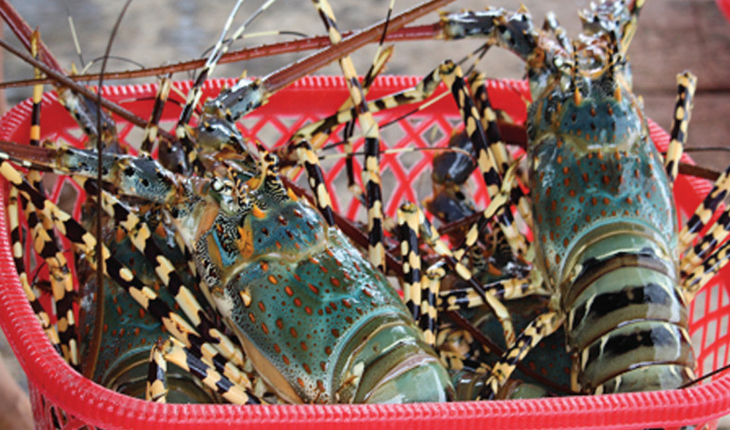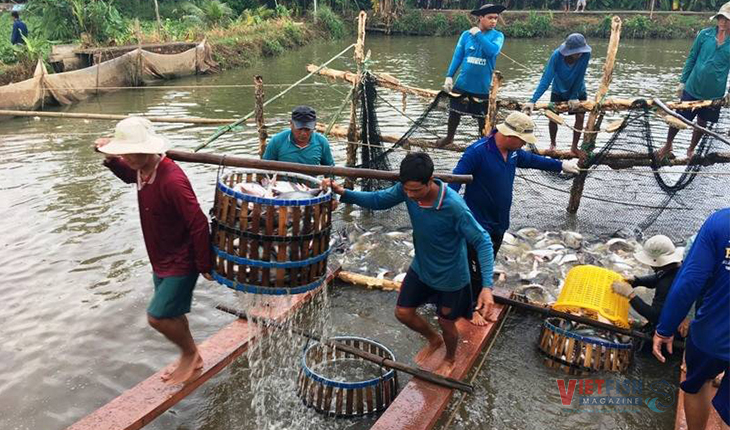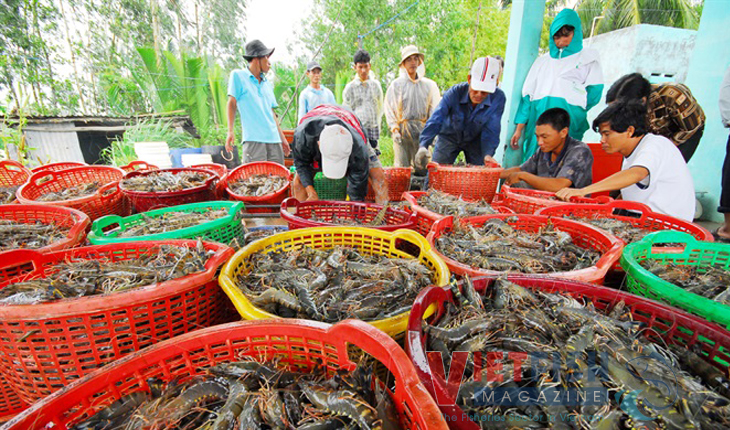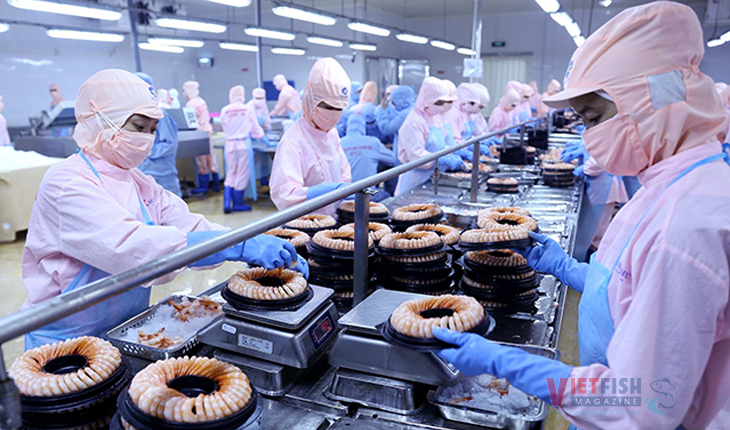Global marine ingredients and omega-3 trends discussed at IFFO Annual Conference
The next edition of IFFO’s Annual Conference will take place in Tokyo from October 20-22, 2025.
IFFO – The Marine Ingredients Organisation held its three-day Annual Conference in Lisbon, Portugal, from October 21-23. Open to IFFO Members and non-IFFO Members interested in the marine ingredients value chain, the conference attracted a record 530 delegates from 43 countries.

Nearly 30 speakers covered topics such as future feed ingredient strategies, marine ingredient supply and demand, the broader feed ingredients industry beyond fishmeal and fish oil, and the role marine ingredients play in human health.
“We all recognize that quality feed leads to quality food, and that’s the foundation of everything we do,” said IFFO’s Director General, Petter Johannessen. “Along with this contribution comes great responsibility. We must measure our impacts—both environmentally and socially—using science-backed frameworks to track progress. We’ve already seen exciting innovations and ambitious efforts taking shape across the industry.”
Global trends in fishmeal and fish oil demand
Enrico Bachis, IFFO’s Market Research Director, shared 2023 data on marine ingredient consumption. Fishmeal exports declined due to reduced fishing in Peru, although India saw an increase. Imports also decreased, with China’s imports dropping while the rest of the world remained similar to 2022 levels. Overall, 90% of fishmeal was used in aquafeed, but there was a general decrease in consumption, except for marine fish species.
China’s pork industry saw a sharp decline in fishmeal consumption due to negative margins, while premium dry pet food consumption rose in North America, Europe, Latin America, and Asia. Fish oil exports were down in most countries, but China and Chile saw increases. Imports to China fell, while the U.S. saw a significant rise in Vietnamese pangasius oil, largely for biofuel production. The drop in fish oil consumption was driven by lower aquaculture inclusion rates, apart from marine fish. Salmon remained the primary consumer, with reduced use by crustaceans.
China marine ingredient market
IFFO’s China director Maggie Xu presented an overview of China’s marine ingredient market, looking at the recent supply and demand drivers. In terms of regulatory updates, the GACC permits are no longer required for fishmeal imports and have been replaced by a more efficient online platform, increasing convenience for exports into China.
Marine captures in China have declined following the implementation of conservation policies. Domestic fishmeal production has risen greatly, with a growing 17% production from byproducts in 2023. This rise has been driven by increasing prices, which encouraged domestic production. Advancing technologies and sustainable policies are improving fishmeal quality.
Domestic fish oil production has also increased with 29% coming from byproducts. Imports have increased this year from Peru due to improved fishing conditions, with increases also from Chile and Ecuador.
Moving to demand, aquaculture farmers are struggling with high prices and lack of confidence, causing a depressed market and decreasing aquafeed production. China’s pork market has been depressed but it is slowly improving this year with a steady rise in prices. Improving farming technologies is reducing dependency on fishmeal.
Looking forward, lower local production of fishmeal in 2024 is expected to drive increasing imports of fishmeal. Fish oil exports may climb with the support of the global direct human consumption markets.
Fish oil trade
Christian Meinich from Chr. Holtermann discussed fish oil markets, noting a sharp drop in prices, returning to pre-El Niño/La Niña levels due to better fishing conditions in Peru and carry-in stocks for the 2024 feed segment.
Omega-3 pipelines have partly refilled, with feed markets relying on carry-in stocks to meet current consumption. A two-tier market persists, with certified vs. non-certified oils for feed.
For EPA and DHA, supply shortages last year are expected to balance as production from Peru increases, and the use of algae oil grows. The 2025 market outlook predicts restocking of omega-3 segment pipelines towards previous levels, depending on supplies from Peru. There will likely be gradually tighter supply/demand for certified feeds, with reduced Scandinavian fishing quotas vs some growth in the salmon feed segment. Finally, EPA/DHA supply/demand will likely be more balanced.
GOED’s Aldo Bernasconi noted that omega-3 ingredient demand grew in 2023 at a slightly slower rate, but is expected to continue growing in coming years. The fastest growing regions are in Asia (with the exception of APAC) and in the developing markets of the Middle East, with the US and Europe remaining essentially flat due to reduced supply, high prices and increasing refining of the oils. Growth in China was driven by fast-growing dietary supplement (DS) and pet nutrition segments. Most of the gains in ingredient demand were driven by increases in pet nutrition and specialty oils.
The next edition of IFFO’s Annual Conference will take place in Tokyo from October 20-22, 2025.
VFM






